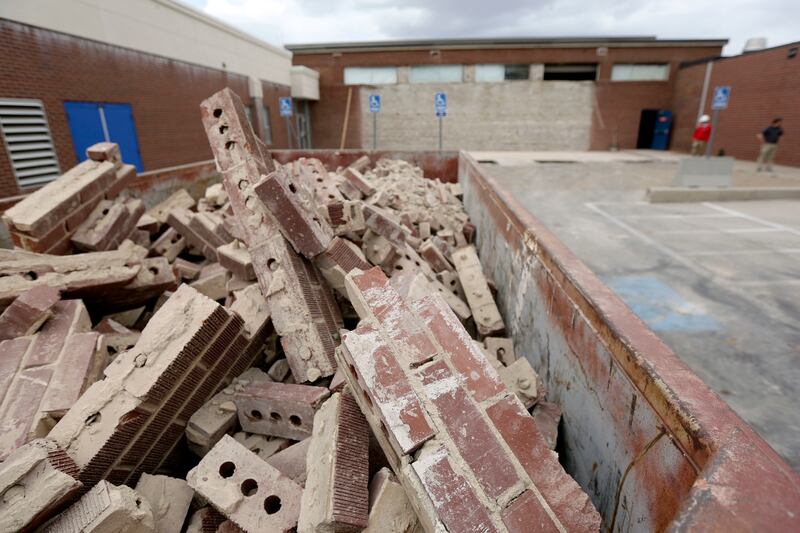Want to bring a conversation to a screeching halt? Just ask what people are doing to prepare for the next earthquake.
OK, this might not work in a general conversation with average folks who may have used the 5.7 magnitude quake that hit Magna last March as an opportunity to renew 72-hour kits and establish more detailed plans for how their families could reunite or keep contact if separated. As scary as the pandemic has become, those few days in March made us feel helpless in a different sort of way. We can at least wear masks and socially distance to keep the virus away, but when the walls start shaking, the time to prepare has ended.
It definitely slows the conversation, however, if you’re talking to a politician or some other public official.
On Monday, I asked it during an editorial board meeting with several mayors and others from the Utah League of Cities and Towns. To be fair, they were prepared to talk about the challenges Utah cities face during a time of high growth, so I caught them off guard.
While you’re preparing for growth, I asked, what are you doing to ensure the safety of some of the oldest structures in your communities?
After a few seconds of silence, I got what I normally get, which is a discussion about the costs involved in truly preparing the Wasatch Front for the big one.
Last March wasn’t the big one, by the way. It was a moderate one. The big one will be at least 6.75 on the richter scale. A 2016 report by the Utah Seismic Safety Commission said we get a Magna-like quake somewhere in the region every 5 to 30 years. If it happens in a remote place, we don’t think much about it. Big ones are much rarer, but we are overdue.
The report said we have a 43% chance of seeing one sometime between 2014 and 2063, and we’re already six safe years into that. We have a 57% chance of seeing a 6.0 or higher during that same time period.
The reason I ask this question of public officials is that, when it comes to the big one, Utah has a big problem. It has, by some estimates, more than 147,000 homes, schools and office structures built with unreinforced masonry. Brick houses built before 1975, in other words.
Think back to March. Other than mobile homes, the greatest threat to human safety during that quake came from falling bricks. And while no serious injuries were reported, a big quake would almost certainly turn old brick homes into weapons that seriously injure or kill people both inside and immediately outside.
FEMA has predicted a death toll of about 3,000 from such an event, with an accompanying economic impact that would make the effects of the pandemic seem miniscule. The only way to reduce that number is to shore up these structures now; retrofit them in ways that secure the bricks and attach them firmly to foundations and roofs.
Which is, of course, expensive.
Some cities have “fix the bricks” programs that offer grants to help with some of the costs. They could use redevelopment funds to take care of some of the problem, as well. But the money is limited. The problem is compounded by the fact that many of these homes are occupied by people of meager means, and many are renting.
The question is, with the Legislature set to begin its regular session next month, is the state prepared to help in any way? Do lawmakers consider this a priority? If not, why?
Lawmakers could start simple, by passing a law that requires sellers to inform potential buyers that the home they are considering is not up to seismic code, and to provide them with information on programs that could help them fix that. At the least, people should understand the risks of what they’re buying.
The state could put someone in charge of looking at this problem and forming strategies.
As it is, the state, and the people who own these unreinforced buildings, are gambling that the big one won’t happen during their lifetimes — a strategy that means nothing will happen until it’s too late.
Earthquakes never are pressing problems until they happen.
But when the big one happens, the cost of fixing things is likely to dwarf what it would have taken to shore things up in advance.
At that point, this realization will be guaranteed to stop just about every conversation.


